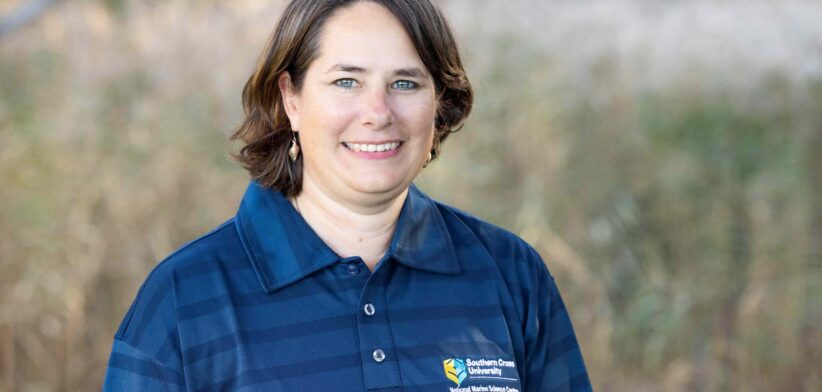Bioreactors have proven to be successful in significantly reducing toxic run-off into waterways.
Researchers at Southern Cross University have found evidence that “microbial communities” in woodchip bioreactors can effectively degrade pesticides used in intensive horticulture before they enter waterways.
However, some highly water-soluble pesticides may still get through.
A bioreactor is a vessel that allows biological reactions to take place. It creates an environment conducive to the types of microbes that are capable of degrading pesticides.
In new research, published by the Environmental Pollution journal, a Southern Cross University team tested a woodchip bioreactor originally built to mitigate nutrient run-off from fertiliser into the Solitary Islands Marine Park off the Coffs Coast in NSW.
Lead researcher Professor Kirsten Benkendorff and her team from the University’s National Marine Science Centre found this same bioreactor could reduce the number and amount of pesticides escaping into the environment.
“When these toxic chemicals enter our waterways, they can cause harm to non-target organisms, including seafood like prawns, crabs and oysters,” Professor Benkendorff said.
“Exposure to pesticide residues also has potential implications for human health.”
Pesticides seeping out of intensive horticulture into waterways have long-concerned NSW north coast communities.
Professor Benkendorff said two insecticides and nine fungicides were present in soil samples below the greenhouses that housed the bioreactors.
The concentration of at least six of these pesticides decreased along a gradient into, through and below the bioreactor.
“The bioreactor was dominated by microbes that are known to be resistant to pesticides and have been previously associated with contaminant degradation,” Professor Benkendorff said.
“In a previous study on the Hearnes Lake catchment published in Marine Pollution Bulletin, we found nine pesticides, including significantly high concentrations of the insecticide imidacloprid. This water-soluble pesticide has been banned from use in Europe and Canada.
“For this latest study, we found imidacloprid in the soil immediately below the greenhouses but then it disappeared, suggesting it may just wash straight through the bioreactor.
“We also found two pesticides, azoxystrobin and carbendazim, in high concentrations in the soil below the bioreactor.”
Both azoxystrobin and carbendazim are “systemic” fungicides known to be harmful to aquatic life. Carbendazim is also regarded as harmful to human health and has been restricted for use in Australia.
The woodchip bioreactor was constructed by North Coast Local Land Services and The City of Coffs Harbour. It was designed by Shaun Morris of North Coast Local Land Services.
This project was funded by the Australian Government Department of Agriculture, Water and the Environment via the Regenerative Agricultural Alliance Soil Extension Program.









